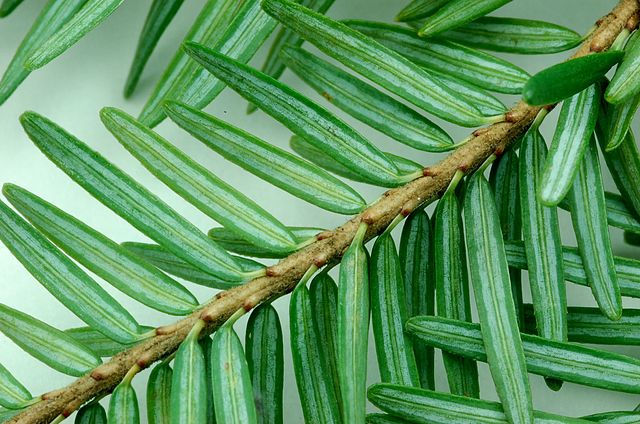Pennsylvania is the place for tree lovers. In fact, the state’s name means “Penn’s Woods.” Trees are essential to the lives of Pennsylvanians (and everyone else for that matter). They act as living filters, cleaning the air we breathe and the water we drink. They help heat our homes and cool our streets. They provide us flooring, cabinets, medicines, maple syrup, paper, and countless other products. They are sources of inspiration and beauty that help define Pennsylvania. We’re sure you know these basics facts about trees, but what you may not know is which tree is which. Tree identification is not as difficult as you might think. Here’s our handy guide to identifying your Pennsylvania tree.
Start with the Leaves
Studying leaves is usually the easiest way to identify a tree. There are three main types of leaves to be familiar with. Cone bearing or conifers trees with needle-like leaves are most likely evergreens. Common Pennsylvania evergreens are Red Pine, Pitch Pine, and Eastern Hemlock.
Leaves that hug the twig and are scale-like or awl-shaped are another type of evergreens. In Pennsylvania you’ll often find Eastern Redcedar or Northern Whitecedar.
And all those flat and thin leaves that are often deciduous (shed annually) are known as broadleaf trees. This is a large chunk of Pennsylvania’s tree population. Flowering Dogwood, Red Maple, Box Elder, White Ash, and American Beech are just a handful of the deciduous trees you’ll find in the state.
Then Take a Closer Look
Once you’ve narrowed down the broad category of trees, it’s time to take a closer look. Leaf shape, twigs, bugs, and any flowers or fruits will help you determine a specific classification. To do this you’ll need some visual resources. Our favorite Pennsylvania tree resources are the Pennsylvania Department of Conservation and Natural Resources and Envirothon PA. You can also find descriptions of some of our favorite Pennsylvania Trees here.
Some Other Tips to Keep in Mind
Even if the leaves have fallen off your tree, you can still identify it. It takes careful study of their twigs, buds, leaf scars and bark, and a little practice.
Remember, individual trees vary in their characteristics. The amount of sun a leaf receives affects its shape. And bark often varies with the age of the tree—younger trees are often smoother and more lightly colored.
Species, like Beech trees, that look similar can often be distinguished by their typical habitat. American Beech is huge shade trees found among many parks and open spaces, while Yellow Beech prefers the moist and cool soils of north-facing slopes and swamps.
No matter what type of tree you are dealing with Good’s Tree Care provides services for all your tree needs. Our certified arborists are equipped to help make an informed assessment of your situation, whether you’re dealing with a healthy ecosystem or a pest infestation. Whatever the course of action requires, our experts will determine a well-planned program for your plants to maintain plant health. Our visits can be monthly or seasonal depending on your variety of trees.


